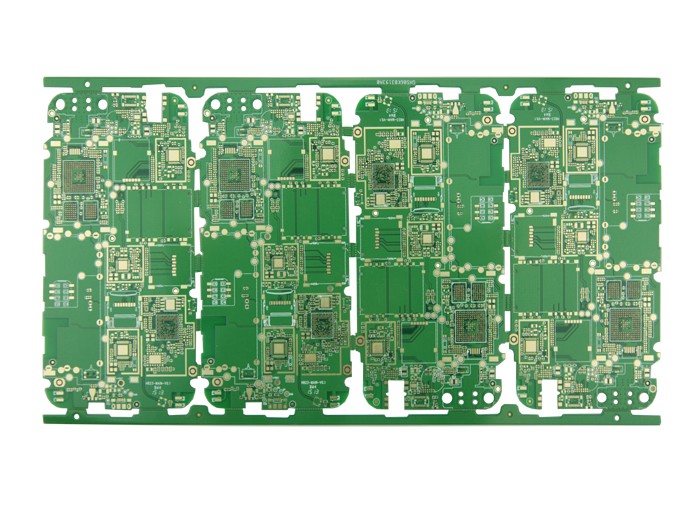To solve the crosstalk problem can be considered from the following aspects:

a. Reduce the conversion rate of the signal edge when possible
Generally, when selecting devices, try to choose slow devices while meeting the design specifications, and avoid the mixed use of different types of signals, because fast-changing signals have potential crosstalk hazards for slow-changing signals.
b. Adopt shielding measures
Providing a packet ground for high-speed signals is an effective way to solve the crosstalk problem. However, wrapping ground will increase the amount of wiring, making the originally limited wiring area more crowded. In addition, for ground wire shielding to achieve the desired purpose, the distance between grounding points on the ground wire is critical, generally less than twice the length of the signal change edge. At the same time, the ground wire will also increase the distributed capacitance of the signal, which will increase the impedance of the transmission line and slow down the signal edge.
c. Reasonably set up layers and wiring
Reasonably set the wiring layer and wiring spacing, reduce the length of the parallel signal, shorten the distance between the signal layer and the plane layer, increase the signal line spacing, and reduce the length of the parallel signal line (within the critical length range). These measures are all
Can effectively reduce crosstalk.
d. Set up different wiring layers
It is also a good way to solve crosstalk by setting up different wiring layers for signals of different speeds and setting the plane layer reasonably.
e. Impedance matching
If the near-end or far-end terminal impedance of the transmission line matches the impedance of the transmission line, the amplitude of crosstalk can also be greatly reduced.
The purpose of crosstalk analysis is to quickly find, locate and solve crosstalk problems in PCB implementation. The general simulation tools and the environment are independent of the simulation analysis and PCB wiring environment. After the wiring is completed, the crosstalk analysis is performed, the crosstalk analysis report is obtained, the new wiring rules are derived, and the wiring is rewired, and then analyzed and corrected, so that the design is more repeated.
Through simulation analysis, it can be seen that the actual crosstalk results are not the same, and the gap is very large. Therefore, a good tool should not only analyze crosstalk, but also apply crosstalk rules for wiring. In addition, general wiring tools are only driven by physical rules, and the wiring to control crosstalk can only be constrained by setting the line width and line spacing, and the maximum parallel line length. Using signal integrity analysis and design tool set ICX can support true electrical rules-driven wiring. The simulation analysis and wiring are completed in one environment. Electrical rules and physical rules can be set during simulation, and automatically calculated while wiring. Signal integrity factors such as overshoot and crosstalk are automatically corrected according to the calculated results. Such wiring is fast and truly meets the actual electrical performance requirements.
The above is an introduction to how to solve the crosstalk problem in PCB design. Ipcb is also provided to PCB manufacturers and PCB manufacturing technology